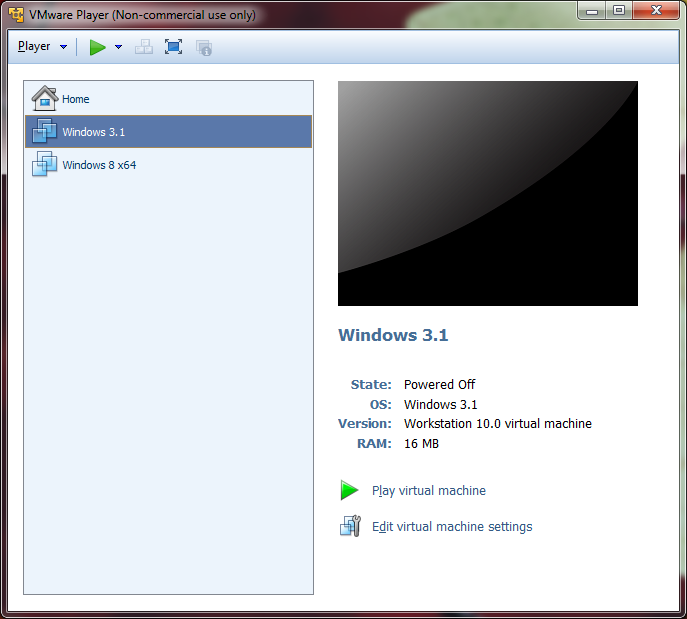

For the following instructions I will assume that you are using the default Raspbian user ‘pi’. QEMU is a system emulator that runs on top of your Raspbian installation, like any other program does. My disk images will be called ‘Disk1.img’, ‘Disk2.img’ and ‘Disk3.img’ respectively.

Unless your SD card is particularly small, it is better to select this package and let the dependency tool bring the entire QEMU environment to your Pi.

This is a meta-package – essentially a collection of packages that can be installed as a simple coherent unit – and will bring in both the required QEMU emulator for intel 386 and greater, but also a number of emulators for other compute environments (PPC, Sparc etc). The “QEMU full system emulation binaries” package. As of writing this was the release based on Debian Stretch (Debian 9) 3. And – as a long standing PC user – I occasionally get the urge to return to those simpler, less connected time. This allows you to toy with an alien operating system without the risk of tainting your main computing environment. As well as making a good basis for a quiet and affordable webserver, the Raspberry Pi can also be used to quietly emulate a number of legacy operating systems.


 0 kommentar(er)
0 kommentar(er)
